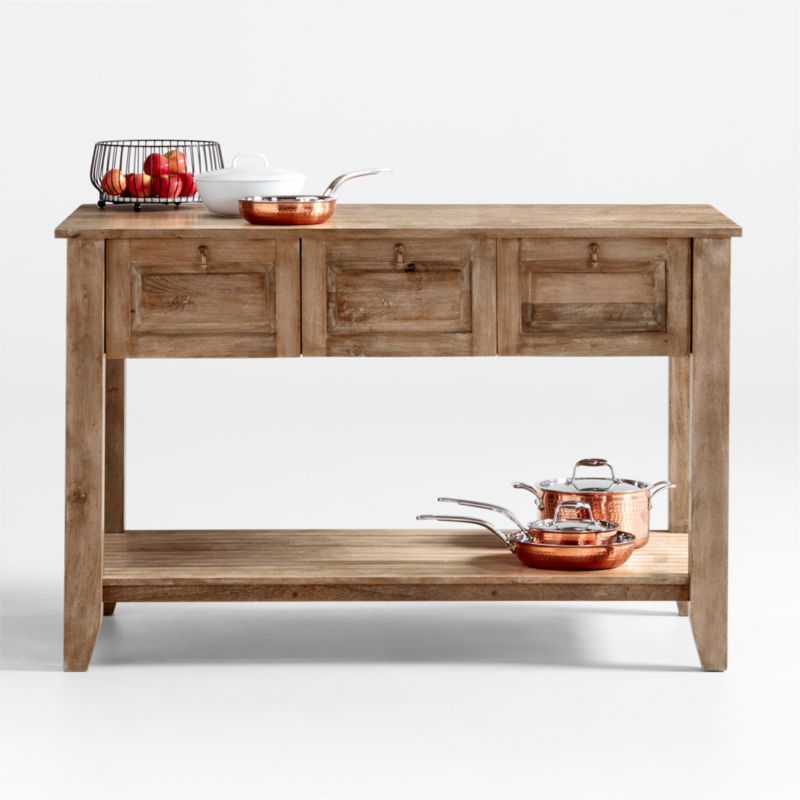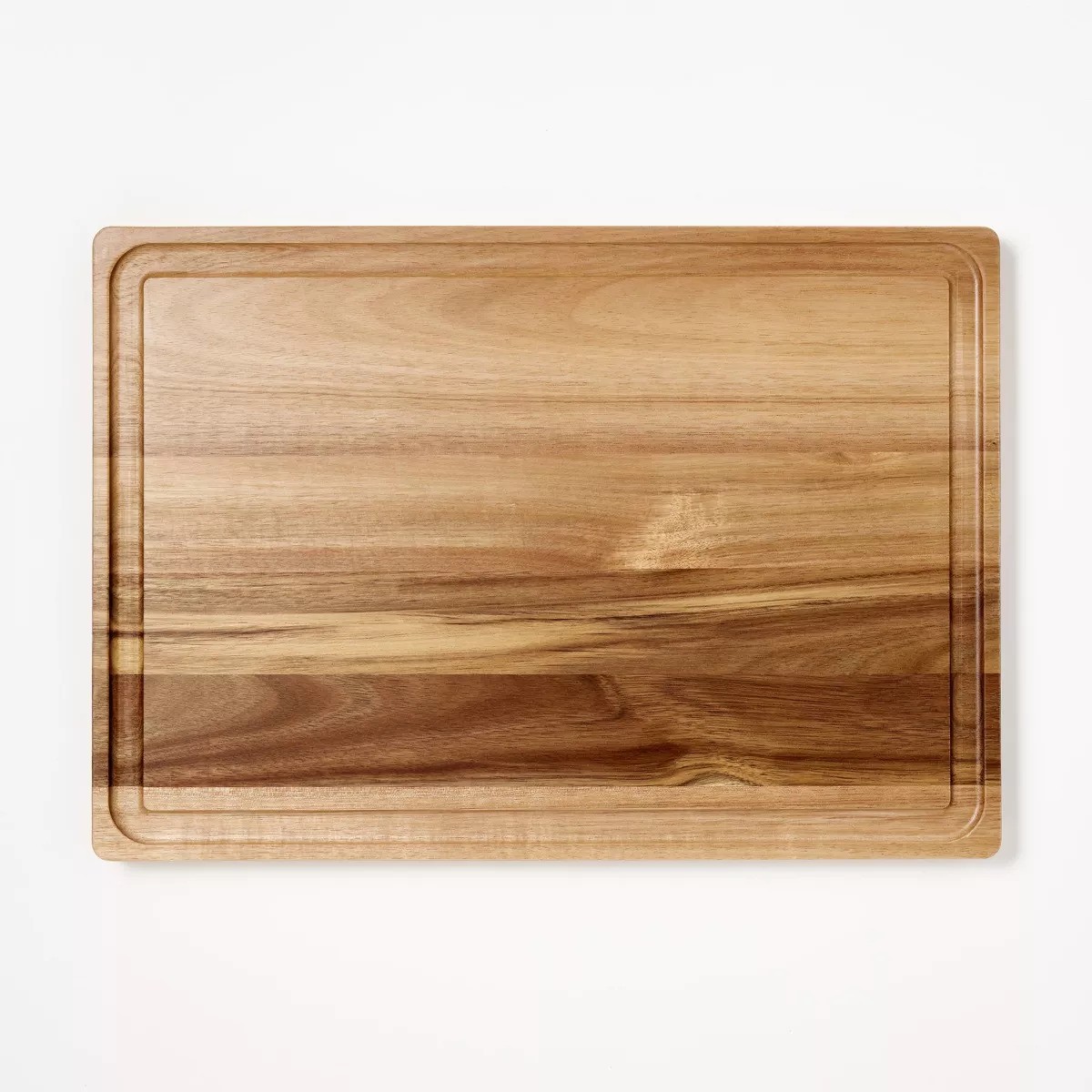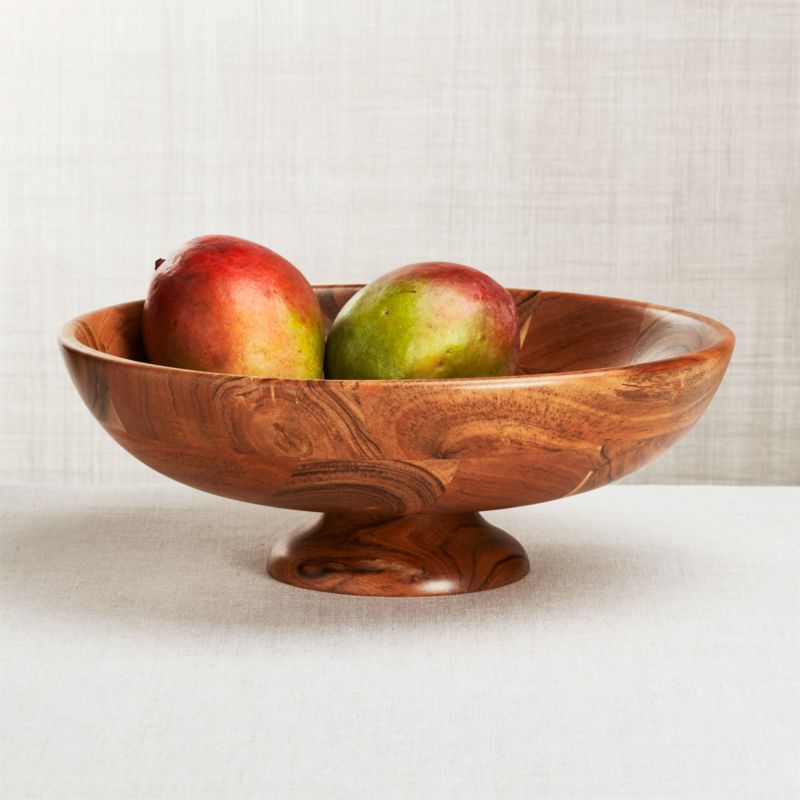David Beckham Breaks from Kitchen Design Norms with an Unfitted, Freestanding Look – a Trend Experts Say Is Making a Comeback
From unfitted spaces to standout features, this design philosophy brings personality and visual interest to the kitchen


Finding the right storage, furniture, and cabinetry is crucial to the success of your kitchen design, and often, a mix-and-match approach with freestanding kitchen furniture can be more effective than fully fitted kitchen cabinetry in terms of storage and character.
The unfitted kitchen aesthetic is currently a notable interior design trend, reflecting a move toward more personalized, lived-in, and relaxed spaces for 2025 and is set to have a resurgence in 2026 as part of a wider trend toward more bespoke, characterful, and flexible home design.
Whether adding a single classic piece, similar to English former footballing legend David Beckham’s kitchen, or embracing a fully unfitted design, a freestanding approach allows you to create a bespoke space that can grow and change as needed.
A post shared by @davidbeckhamofflcal
A photo posted by on
Freestanding kitchen units, as their name implies, rather than being secured to the walls, stand independently, and can be reconfigured or taken with you when you move. As a result, this kitchen style offers a relaxed, laid-back aesthetic that honors historical designs and works seamlessly in everything from a farmhouse kitchen to a modern, textured space.
David Beckham’s kitchens perfectly illustrate this flexible approach. While one of his London kitchens is sleek and modern, featuring trending elements like handleless cabinets, a stainless steel splashback, and luxury metal-based appliances, his Cotswolds country kitchen features a striking blend of dark, almost charcoal-grey fitted Shaker cabinetry with rustic elements like reclaimed wood beams and a visible, freestanding, natural wood island. The use of a simple, beautiful dresser or a farmhouse kitchen island with a scrubbed timber top – as seen in the Beckhams’ homes – can be all it takes to prevent the space from feeling too ‘fitted’ and sterile.
‘The addition of any freestanding piece is an opportunity to add texture and variety as a counterpoint to a kitchen’s fitted cabinets – be they vintage, antique, or very crisp and modern; all bring interest and personality,’ says Merlin Wright, design director at Plain English.
If you're still undecided, consider the benefits of both styles. Fitted furniture delivers a cohesive result and can be made to fit compact or awkwardly shaped rooms, maximizing available kitchen storage that freestanding pieces may not always match in capacity. However, freestanding pieces can be moved and rearranged to suit your changing needs and enhance a homey, unique feel.
Design expertise in your inbox – from inspiring decorating ideas and beautiful celebrity homes to practical gardening advice and shopping round-ups.
Charlie Smallbone, founder of Ledbury Studio, recommends combining fitted and freestanding options for both visual interest and versatility. ‘Fitted furniture is best used around the working areas of the kitchen, to ensure the oven is at a suitable height, for instance, and provide storage for easy access to oven trays and dishes,’ he says. ‘The rest of the room can be furnished with freestanding pieces, which add flexibility and personality.’
This hybrid approach allows homeowners to achieve the best of both worlds: highly efficient, integrated appliance zones paired with the character and warmth of furniture that truly makes a kitchen feel like a ‘furnished room’ rather than a purely functional space.
Shop the farmhouse look
Take inspiration from David Beckham’s farmhouse kitchen by layering in a few well-chosen country-style pieces – from rustic furniture to timeless accessories. The result is a space that feels effortlessly curated over time, reflecting a design trend that celebrates character and authenticity.

The Basque Kitchen Island evokes the charm of a European farmhouse antique. Crafted from sustainable mango wood, it features a hand-planed finish with a soft grey wash that highlights the natural grain and unique knots. With three drawers, an open shelf, and generous workspace, it blends rustic character with everyday functionality.

Jennifer is the Digital Editor at Homes & Gardens, bringing years of interiors experience across the US and UK. She has worked with leading publications, blending expertise in PR, marketing, social media, commercial strategy, and e-commerce. Jennifer has covered every corner of the home – curating projects from top interior designers, sourcing celebrity properties, reviewing appliances, and delivering timely news. Now, she channels her digital skills into shaping the world’s leading interiors website.
You must confirm your public display name before commenting
Please logout and then login again, you will then be prompted to enter your display name.

